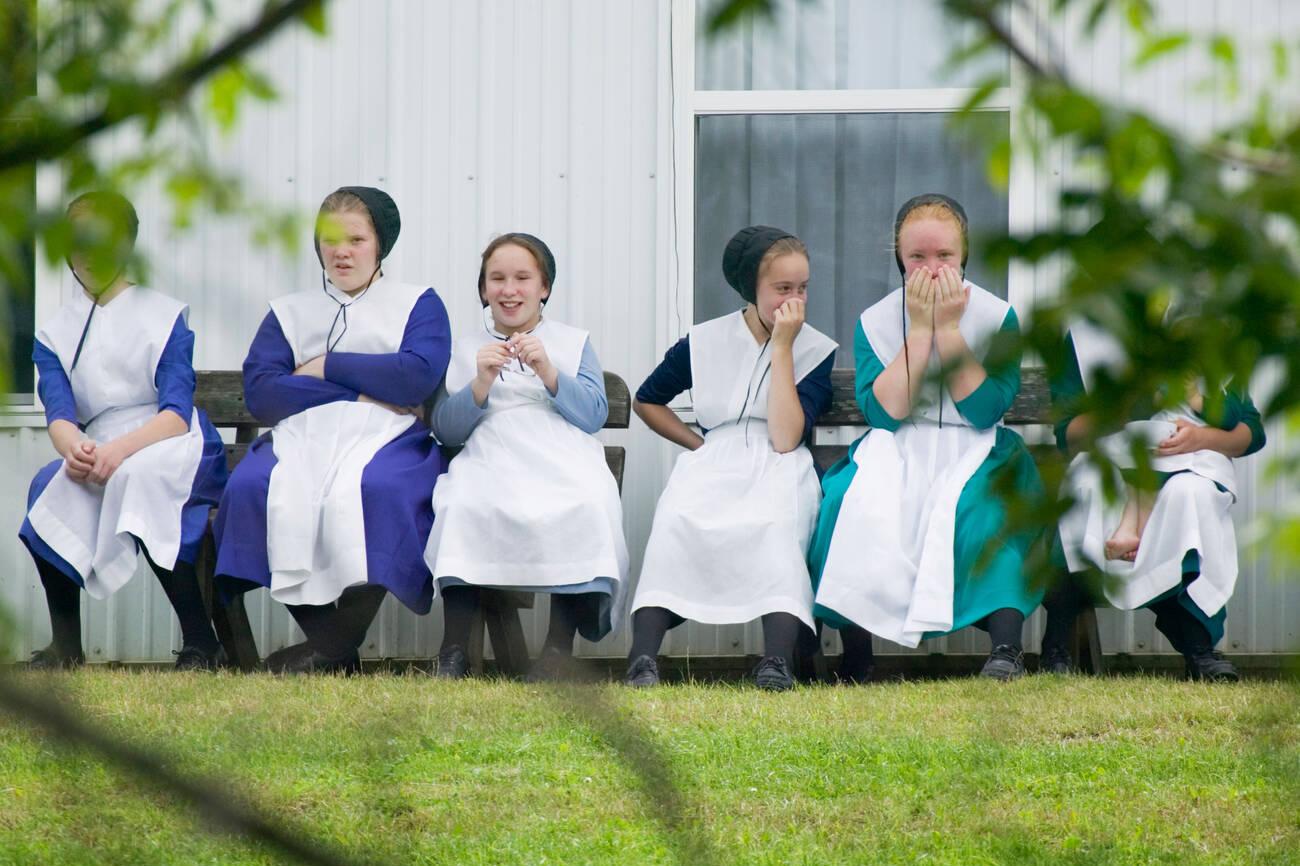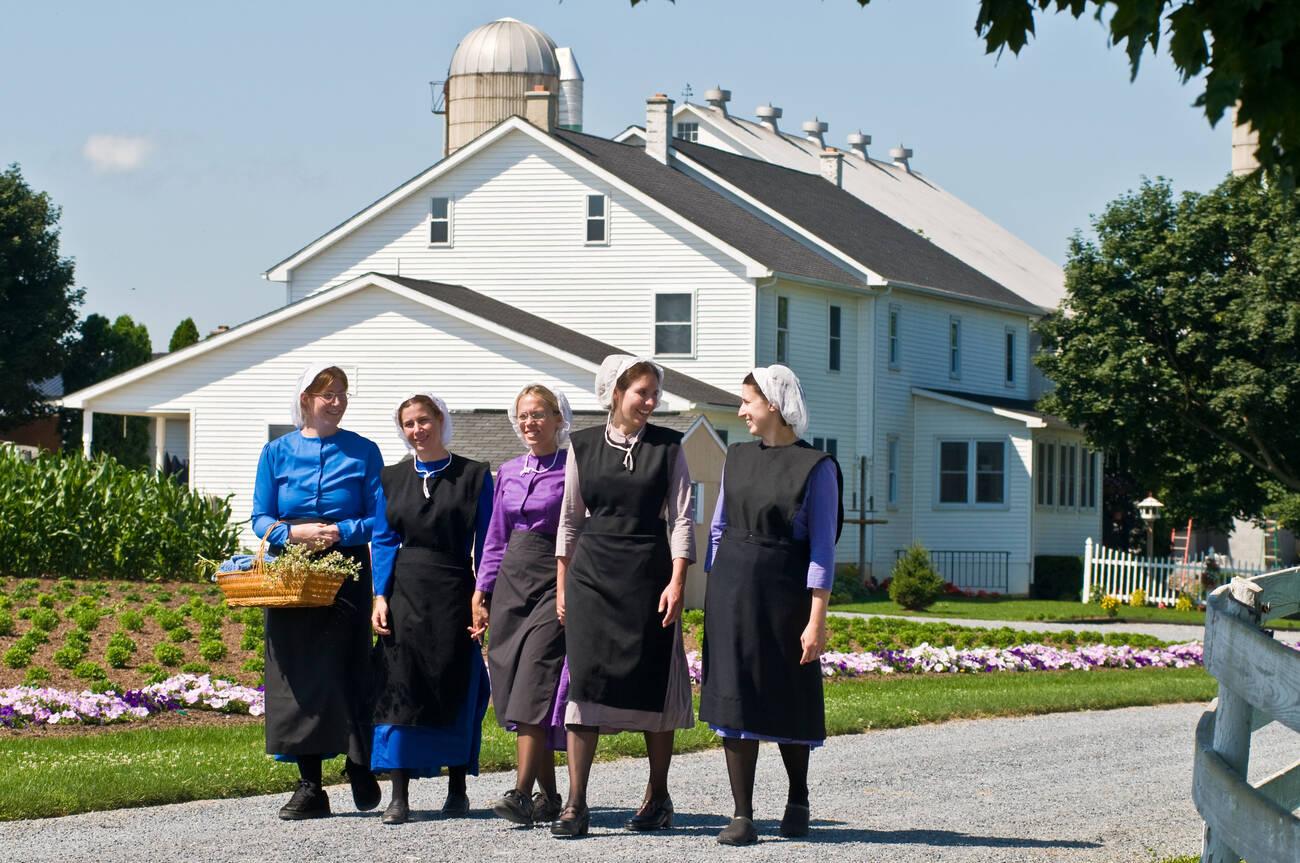Top Amish Church Practices
Amish communities maintain a distinctive approach to faith that is reflected in their church practices. These practices emphasize simplicity, humility, community, and devotion to God. Understanding the top Amish church practices offers insight into how religion shapes both daily life and long-term traditions in Amish society.
Home-Based Worship
One of the most notable Amish church practices is worship in private homes rather than large church buildings. Services rotate among households, fostering intimacy and a strong sense of community.
Key Elements
-
Sunday services often last several hours, including hymns, scripture readings, and sermons
-
Hymns are sung a cappella, emphasizing heartfelt participation over musical instruments
-
Rotating venues strengthen community ties and encourage shared responsibility
Home-based worship demonstrates how faith is lived in everyday spaces rather than isolated in formal institutions.
Regular Communion Services
Communion is a central Amish church practice that occurs a few times a year. These services are deeply spiritual and involve preparation, prayer, and fellowship.
What to Know
-
Communion is held in homes, bringing together entire church districts
-
Participants often fast or pray in preparation
-
The ritual reinforces unity and spiritual commitment within the community
This tradition shows the importance of shared faith experiences in maintaining strong communal bonds.
Sermons and Scripture Reading
Amish sermons are practical, focused on moral guidance and applying biblical teachings to daily life. Scripture reading is an integral part of the service.
Features of Sermons
-
Delivered in the Pennsylvania Dutch or German dialect
-
Focus on obedience, humility, forgiveness, and community responsibility
-
Encourage reflection and discussion among members
Through sermons, Amish church practices guide members in aligning their actions with religious values.

Community Involvement and Decision-Making
Amish church practices include communal governance and shared responsibility. Leaders are chosen by the congregation and guide members in both spiritual and practical matters.
How Community Is Reflected
-
Bishops, ministers, and deacons are selected from within the district
-
Church meetings address rules, disciplinary matters, and community welfare
-
Members participate in decision-making, reflecting collective faith
This approach ensures that church practices strengthen both faith and cohesion within the community.
Baptism and Membership
Baptism is a critical Amish church practice and a rite of passage. It is reserved for adults who consciously choose to commit to the faith.
Baptism Facts
-
Typically performed in the home or a designated community area
-
Participants publicly affirm obedience to God and church rules
-
Marks full membership in the Amish church and acceptance of communal responsibilities
Baptism emphasizes the personal and communal dimensions of Amish religious life.
Singing and Spiritual Music
Music in Amish church practices is purely vocal, with hymns passed down for generations. Singing reinforces devotion, patience, and collective participation.
Key Features
-
Hymns are often in German or Pennsylvania Dutch
-
Singing is unaccompanied by instruments, reflecting humility and simplicity
-
Members learn songs from memory, strengthening oral tradition
Singing not only uplifts spiritually but also maintains historical continuity.
Shunning and Discipline
Discipline is part of Amish church practices and reflects commitment to communal values. Shunning is applied when members violate key rules, serving as both correction and spiritual guidance.
How Discipline Works
-
It is used sparingly and with the goal of reconciliation
-
Encourages adherence to religious teachings and community norms
-
Reinforces accountability and respect for faith-based laws
This practice underscores the Amish commitment to maintaining spiritual integrity and community harmony.
Conclusion
The top Amish church practices—home-based worship, communion, sermons, community governance, adult baptism, hymn singing, and disciplined guidance—demonstrate a life deeply rooted in faith and collective responsibility. These practices shape daily routines, family interactions, and community cohesion. Understanding them provides insight into how the Amish maintain a strong, values-driven society that prioritizes devotion, humility, and shared spiritual growth.



